The following article contains major spoilers for Alien: Isolation.
Until I got my hands on Alien: Isolation, I never, ever thought I’d be okay with a video game cheating. I’ve been playing games for a while, and one of the things that consistently winds me up is the computer abusing or just plain defying the rules of the world.
I was done with futuristic racer POD the moment I discovered it was “rubber banding,” teleporting the competition so they were always snapping at my heels. Multiplayer Mortal Kombat 2 is fun, but having the computer read your moves and grab you out of attacks sucks all the joy out of single-player. And don’t even get me started on enemies that respawn right behind you.
So how does Alien: Isolation cheat? There’s a magnificent technical explanation on Gamasutra from Tommy Thompson, director of AI and Games. But to break it down, the alien has (as one Reddit user described it) two brains. Brain 1, which I’ll call Big Brain, knows exactly where you are, even when it shouldn’t, but it’s not directly in control of the alien.
Brain 2, which I’ll call Little Brain, is the alien’s proper brain, the one that sends it barreling towards you when it gets a glimpse of you or hears your motion tracker beeping a little too loudly. If Little Brain were working on its own, it’d be relatively easy to avoid the alien.
But Big Brain, the cheat, isn’t having any of that. Big Brain uses its omniscience to tell Little Brain which direction it should be heading. It won’t tell Little Brain exactly where you are, but it’ll give it a big nudge, which is why the alien’s never all that far away.
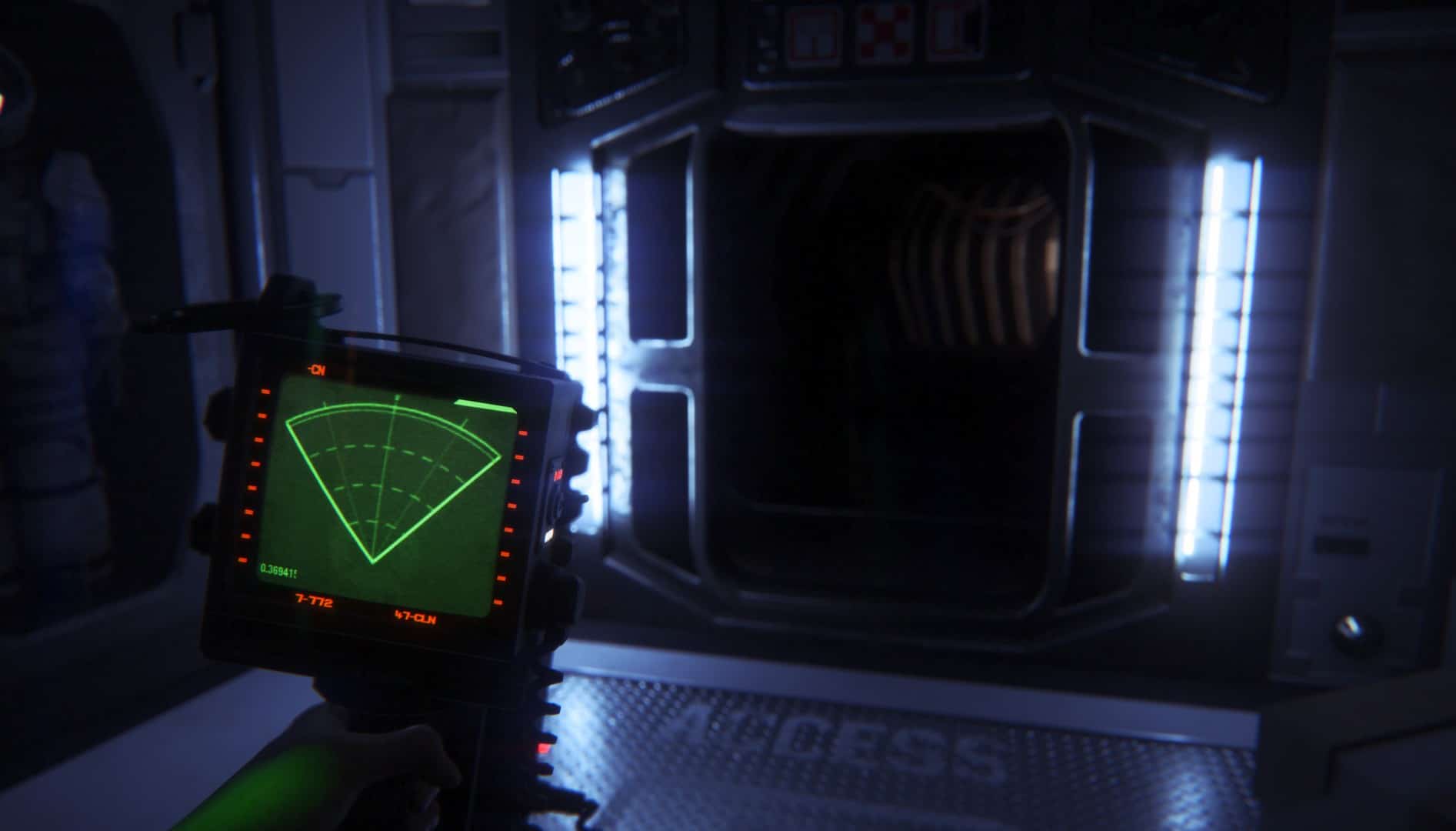
That’s not the only trick Alien: Isolation pulls, either. You know all those noises above you? That’s not the alien, not really. It’s not clambering around in the vent. It’s “backstage;” all those clanks and scrapes are there to keep you on edge. When it does appear from a vent, it’s just spawning into the room. In short, there’s a hell of a lot of smoke and mirrors.
But the beauty of Alien: Isolation is that knowing how the alien works doesn’t make it one iota less terrifying. You can read Thompson’s analysis till the words are etched into your brain, but once you step into the game, absolutely none of that matters.
Why? It’s partly because Alien: Isolation is so adept at creating tension that you’re on edge even before you encounter the creature. Yes, nearly getting blown into space is scary, but it’s nothing compared to the unease that kicks in when you step onto Sevastopol Station and discover… nothing. There’s enough evidence of recent activity to underline how wrong it is that no one’s here to greet you. Isolation lets you stew in that atmosphere for nearly an hour before introducing the alien, and even longer before the creature is actively in pursuit of you.
It’s like hearing the pipes creak at night. In the cold light of day, those noises are just noises, but in the dark, it’s a lunatic with a knife or a monster in the wardrobe. Creative Assembly has gone out of its way to create a world where every hiss, every shadow, every creak from Sevastopol’s failing superstructure is the alien.
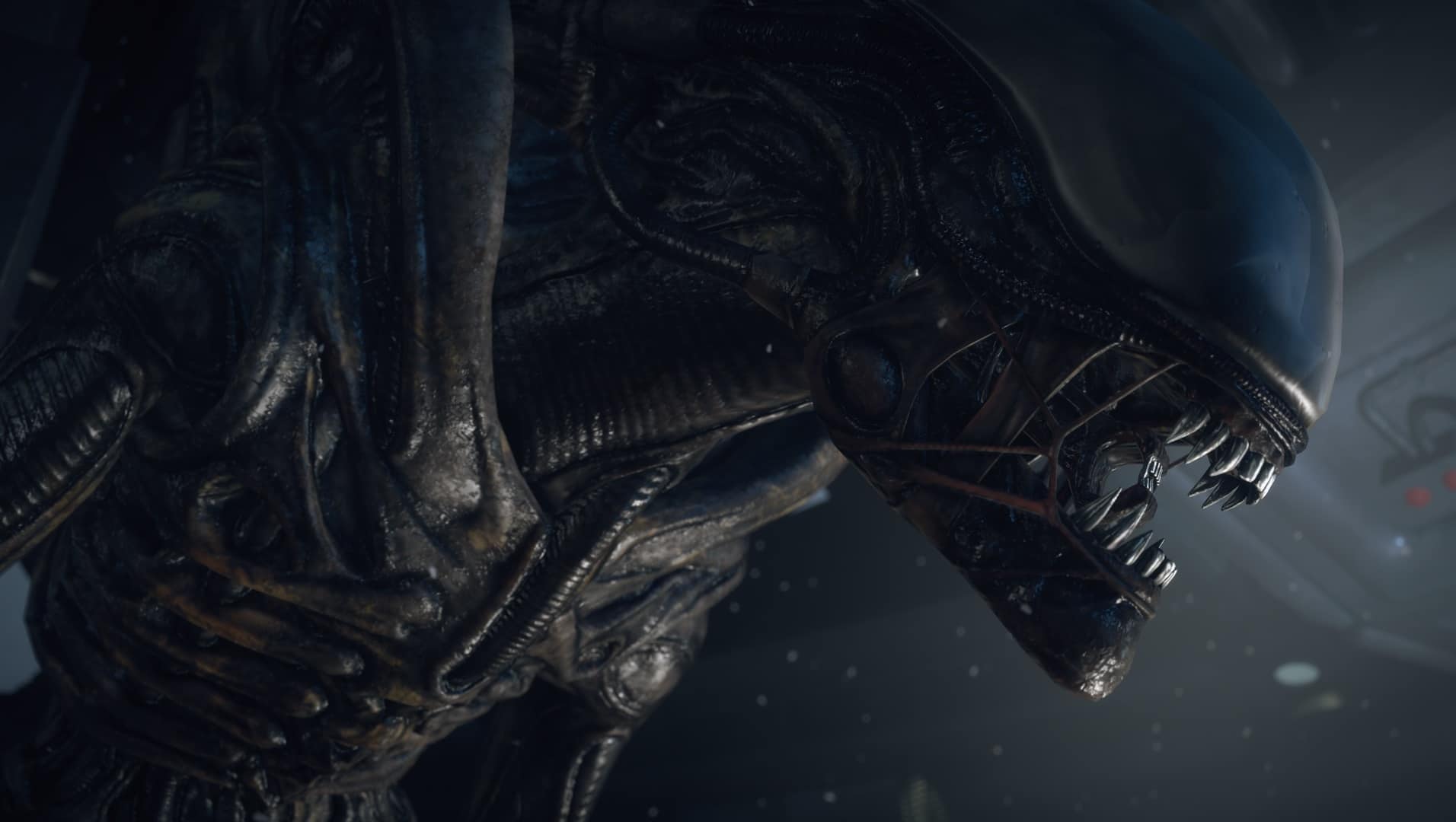
So when the alien appears, your fear response is so strong that logic goes right out of the airlock. It doesn’t help that your fight-or-flight response is controlled by an entirely different part of the brain (amygdala) than reasoning (the frontal lobe) is. Yes, you’re not in any physical danger, but as a 2016 study indicates, video games produce a higher level of fear and anxiety than films. Alien Big Brain and Little Brain merge into one horrifying fiend that knows exactly where you are; it’s just toying with you so it can taste the fear as it plunges its tongue through the front of your skull.
There are other tricks Isolation employs to keep you afraid when the alien’s not around; implementing a save system that requires you to wait, in real time, is a stroke of twisted genius. Likewise, the limited amount of flamethrower ammo ensures you’ll never have enough to fend the alien off even half the time. Ammo’s so precious that you’ll often die because you’re afraid to use it, just in case you need it later.
That said, while knowing how the alien works doesn’t diminish it, replacing it with multiple Xenomorphs later on does. The aliens, as terrifying as they are, are fairly interchangeable, but you end up building a relationship with this singular foe. It’s a relationship based on mortal terror and murder, but a relationship nonetheless — and one that makes ejecting it into space supremely satisfying. There’s little of that with these new foes, and while they’re still scary, you never quite get the same cat-and-mouse feeling.
It’s no small achievement that, in the wake of Aliens: Colonial Marines, Creative Assembly was able to restore the skull-puncturing, vent-climbing honor of one of cinema’s most terrifying creatures. As brilliant as H.R. Giger’s design is, it’s still tough to come back from that dancing alien video. But the real testament to Creative Assembly’s skill and imagination is that, when you’ve peeked behind Alien: Isolation’s curtain and seen it shoving cards into its sleeves, you’ll still be absolutely petrified.

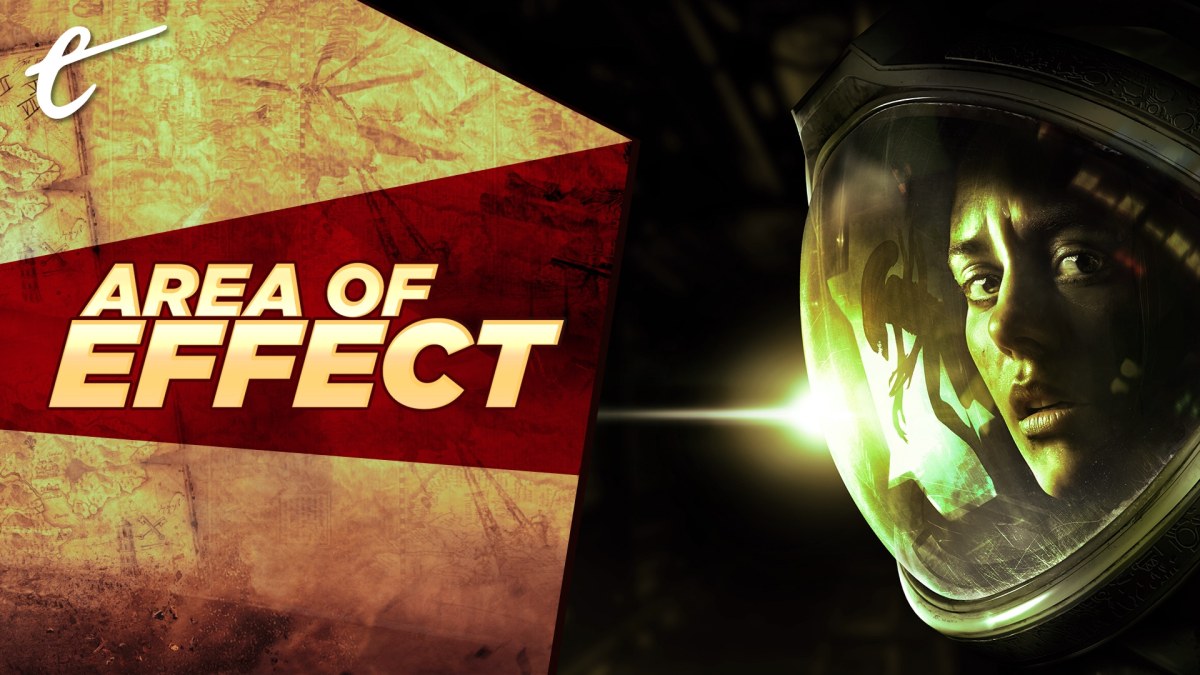
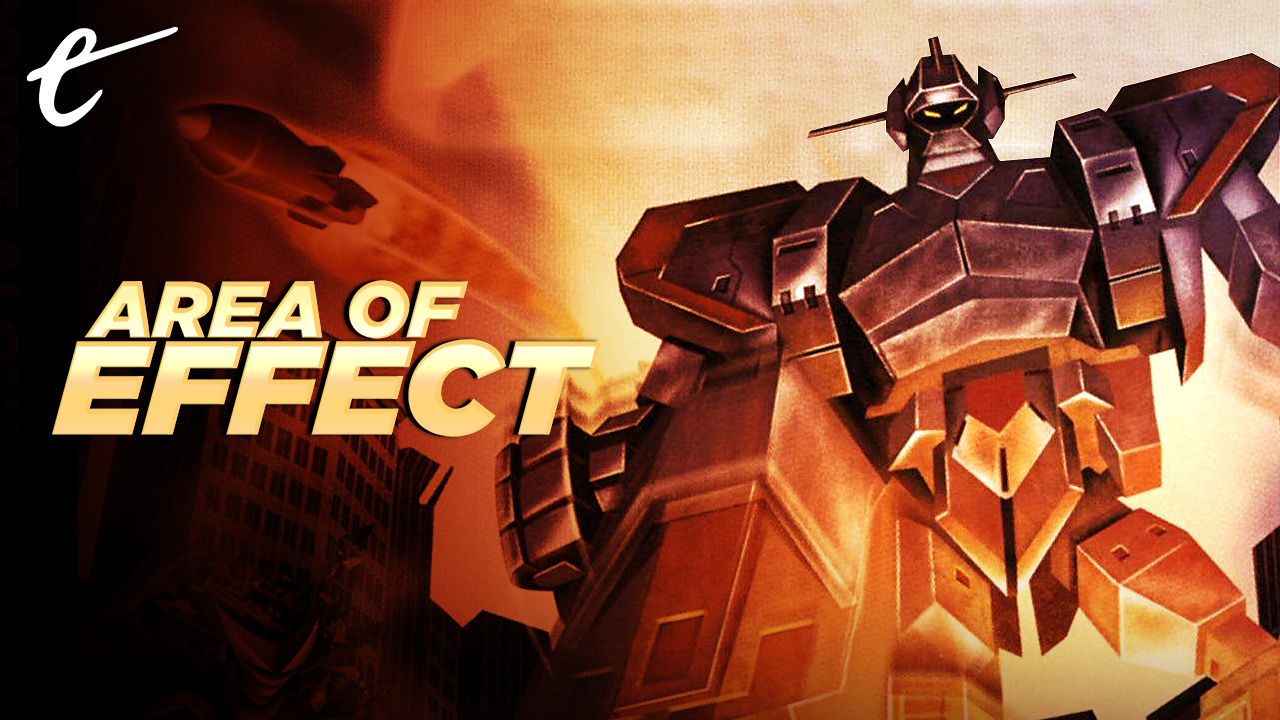

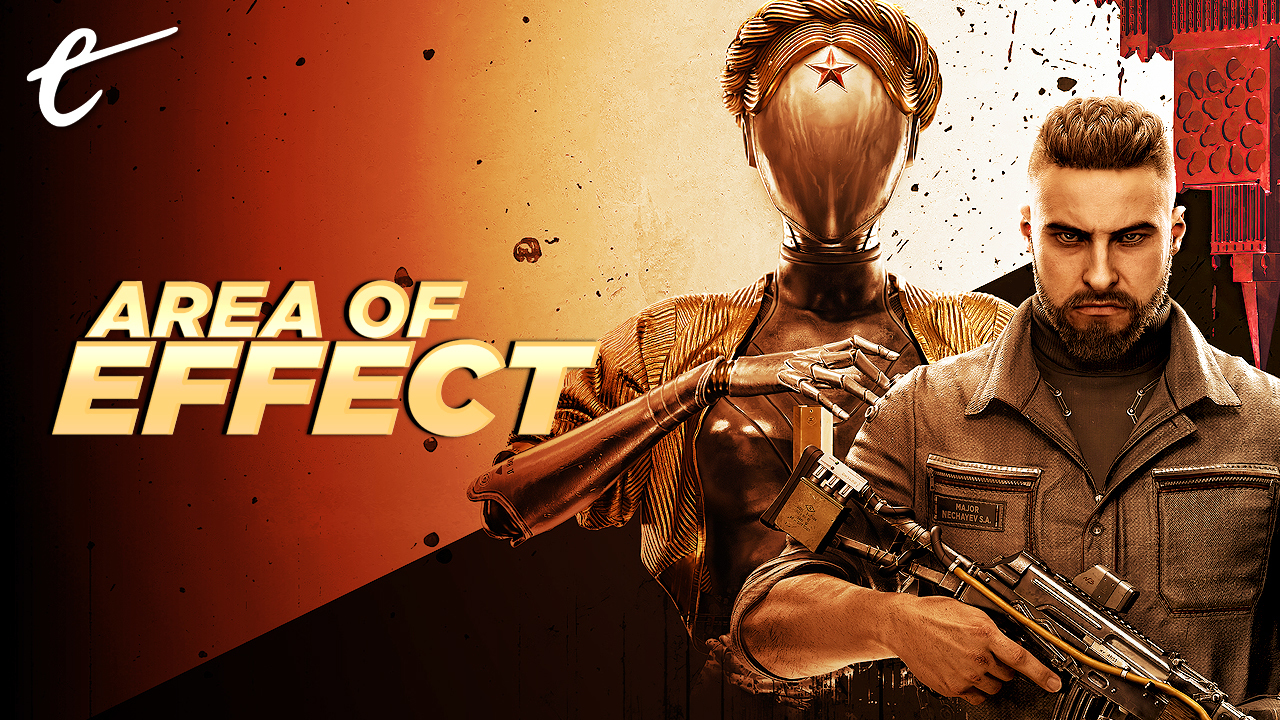

Published: Aug 17, 2021 11:00 am